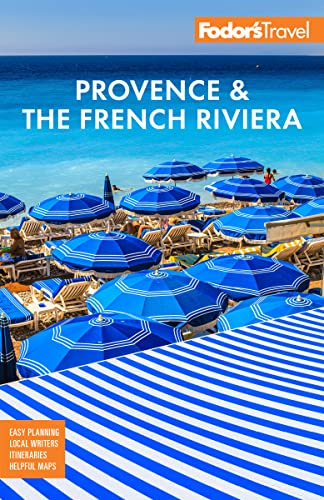Toulon is a city of big contrasts: ugly with crowded postwar high-rises, yet surprisingly beautiful with its tree-lined littoral; a place with some frankly unappealing nightlife, and yet, by day, charming and colorful with its restaurant scene. Best known for the day in World War II when 75 French ships were deliberately sunk to avoid them falling into the hands of attacking Germans, Toulon has kept its place as France's leading naval port with a kind of dogged determination. Though you may see nothing but endless traffic and graffiti-covered block-style apartments crossing the city, the Vieille Ville (Old Town) and port area have well-kept cafés and a sunny waterfront where yachts and pleasure boats—some available for trips to the Îles d’Hyères or around the bay—add bright splashes of color. In the heart of Toulon's Old Town, the maze of streets is packed with designer shops and quirkily appealing stretches of ruined medieval houses mixed with lurid neon. Park your car under Place de la Liberté and take Boulevard de Strasbourg, turning right onto Rue Berthelot, which leads into the heart of the pedestrian-only streets of the Vieille Ville. Wander through Place des Trois Dauphins, with its mossy and fern-lined fountain, or stop in the café-filled Place Puget; Victor Hugo lived in No. 5 when he was researching Les Misérables. One block east, the Cours Lafayette becomes a wonderfully animated, authentic Provençal morning market (Tuesday–Sunday), and the Hôtel de Ville has evocative baroque figures, carved by the Marseillais sculptor Pierre Puget.
Behind the port and the Vieille Ville lies the new town.






